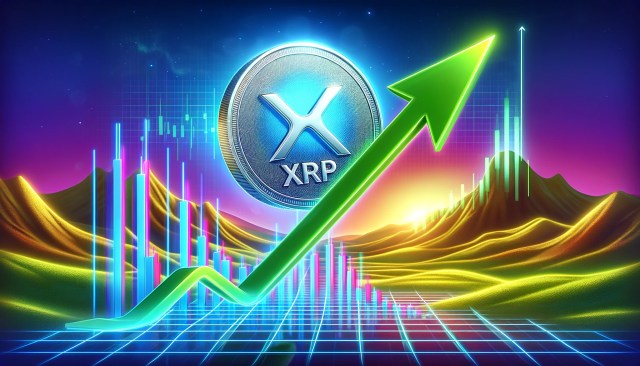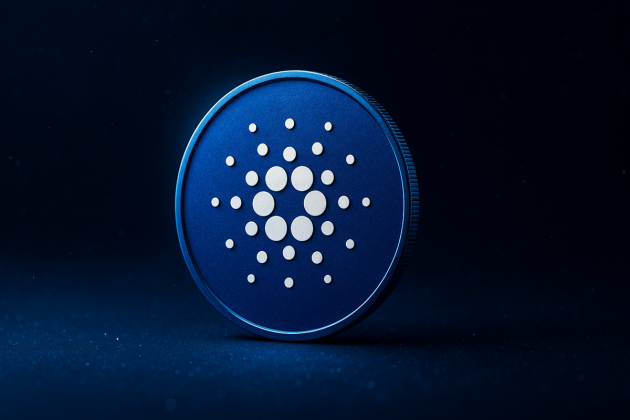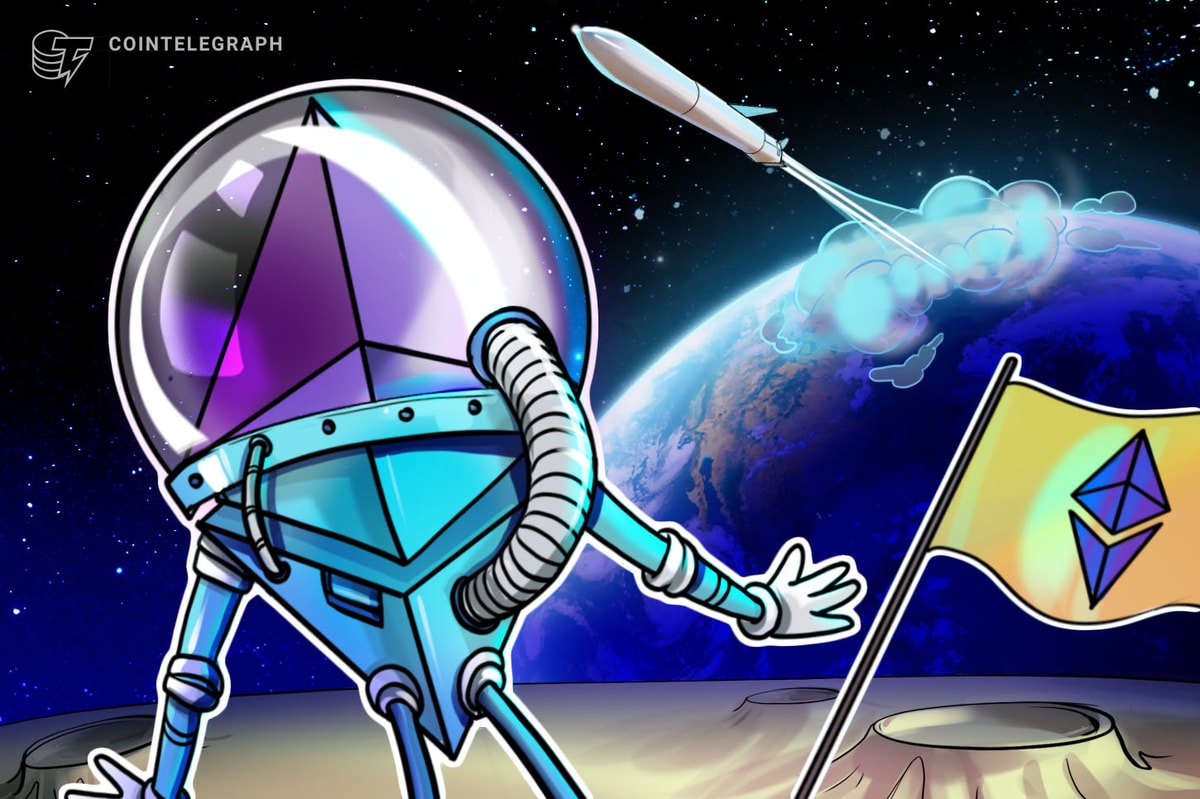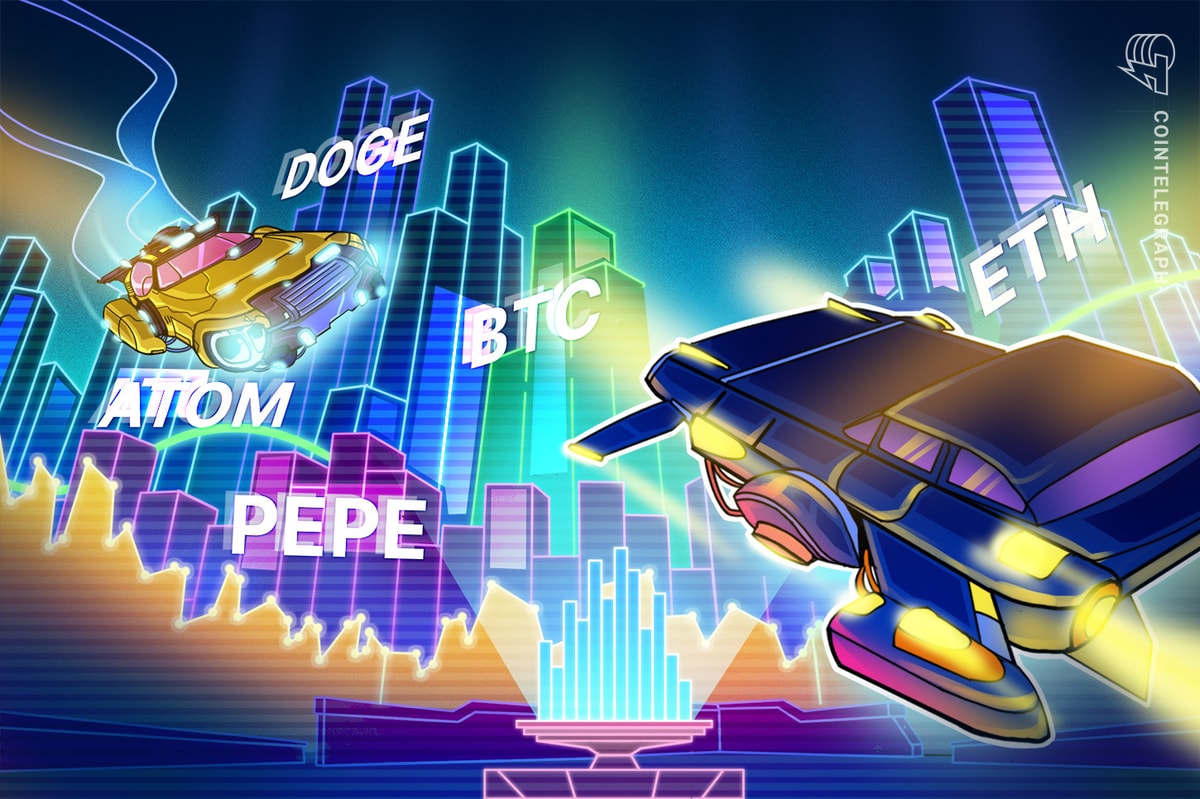While DeFi lending shows growth and offers exciting opportunities, its challenges may hinder mainstream adoption. Kamen Trendafilov, a co-founder of Nolus Protocol, discussed the topic at the recent Cointelegraph X Spaces.
Trendafilov believes that the market’s potential is restricted by the overabundance of locked-up collateral since it wastes capital that could be used to minimize counterparty risk.
He also pointed out that many DeFi solutions rely on variable interest rates, which can fluctuate wildly. “The inefficiencies that we see in the market are pretty simple, especially in lending,“ he said. “You have a lot of overcollateralization, high liquidation risk, and you lack ownership. You don’t own the assets of these derivatives,“ he said.
😨 Does #DeFi lending seem complicated?
— Cointelegraph (@Cointelegraph) July 9, 2024
📅 Join our Spaces with @k_trendafilov & @NolusProtocol on July 10, 10 AM EST.
💡 We'll explore how Nolus' DeFi Lease bridges simplify the lending landscape. Bring your questions!
[Brought to you by Nolus]https://t.co/Bl2WIw15Gd
A participant of the Cointelegraph Accelerator, Nolus’ cross-chain lease protocol aims to solve these problems, offering a unique take on borrowing and ownership with its flagship product, DeFi Lease. Launched in June 2023, the platform has undergone two independent security audits and has processed over $60 million in total historical transactional value through its Earn and Lease features and 23m value locked in DeFi leases.
Nolus’ DeFi Lease operates on a semi-permissioned blockchain, connecting lenders and borrowers in a single DeFi money market. Inspired by traditional leasing arrangements, DeFi Lease allows users to secure up to 150% financing on their initial investment. Borrowers gain full ownership of the underlying asset from the outset while repaying the loan.
A key benefit of DeFi Lease is the reduction of liquidation risk, a major concern for leveraged traders. It works like this: borrowers pay down in any currency and receive up to 150% additional capital in stablecoins from lenders. This combined sum is then used to purchase the desired asset. Crucially, both the down payment and the loan are used as collateral, significantly increasing the buffer compared to traditional DeFi lending models.
Nolus also employs a partial liquidation strategy. If a liquidation event becomes necessary, only a portion of the asset is sold, allowing the borrower additional time for the price to recover and avoiding a complete loss of the asset.
Unlike other platforms, Nolus doesn’t need to build its own liquidity pools for swapping. Instead, it leverages the existing liquidity of DEXs through IBC technology and interchain accounts.
“We’re a Cosmos-based native blockchain like Osmosis and Neutron. Nolus is connected to those two networks and utilizes their most liquid DEXs, such as the Osmosis DEX on Osmosis and Astroport on Neutron.“ Trendafilov explained, “and anything that has enough liquidity within those pools can be used by the Nolus protocol.“ This eliminates the need for Nolus to manage its own liquidity, allowing it to offer a wider range of assets for borrowing.
Another unique feature of the platform is its cash-based model. “Everything that is paid in cash by the borrower, meaning the interest that the borrower pays, goes to the lender immediately,“ the speaker said. As a result, lenders are assured of a direct return on their investment rather than reliance on theoretical interest rates.
Notably, Nolus also offers integration with liquid staking derivatives, allowing users to earn rewards on staked assets to offset borrowing costs. To maintain a healthy balance between supply and demand, Nolus limits the amount of liquidity lenders can provide. “We keep anything that’s below 65% utilization closed,“ Trendafilov said. The approach aims to prevent situations where there’s too little liquidity for borrowers while ensuring that lenders consistently receive a share of borrowers’ interest payments.
In addition, lenders are rewarded with NLS, the native token of the Nolus blockchain. These tokens not only serve as the gas fee within the Nolus ecosystem but also unlock additional benefits.
Looking ahead, the project’s roadmap is full of exciting developments. “In the short term, we’re adding new asset listings and upgrading our blockchain to the latest version,“ said Trendafilov. Then, we plan to create selling positions instead of offering only buying positions. We have some strategies to allow you to use the asset within the DeFi lease. In the longer term, probably the most important thing is to scale cross-chain and integrate with the EVM ecosystem.“
Disclaimer. Cointelegraph does not endorse any content or product on this page. While we aim at providing you with all important information that we could obtain in this sponsored article, readers should do their own research before taking any actions related to the company and carry full responsibility for their decisions, nor can this article be considered as investment advice.











